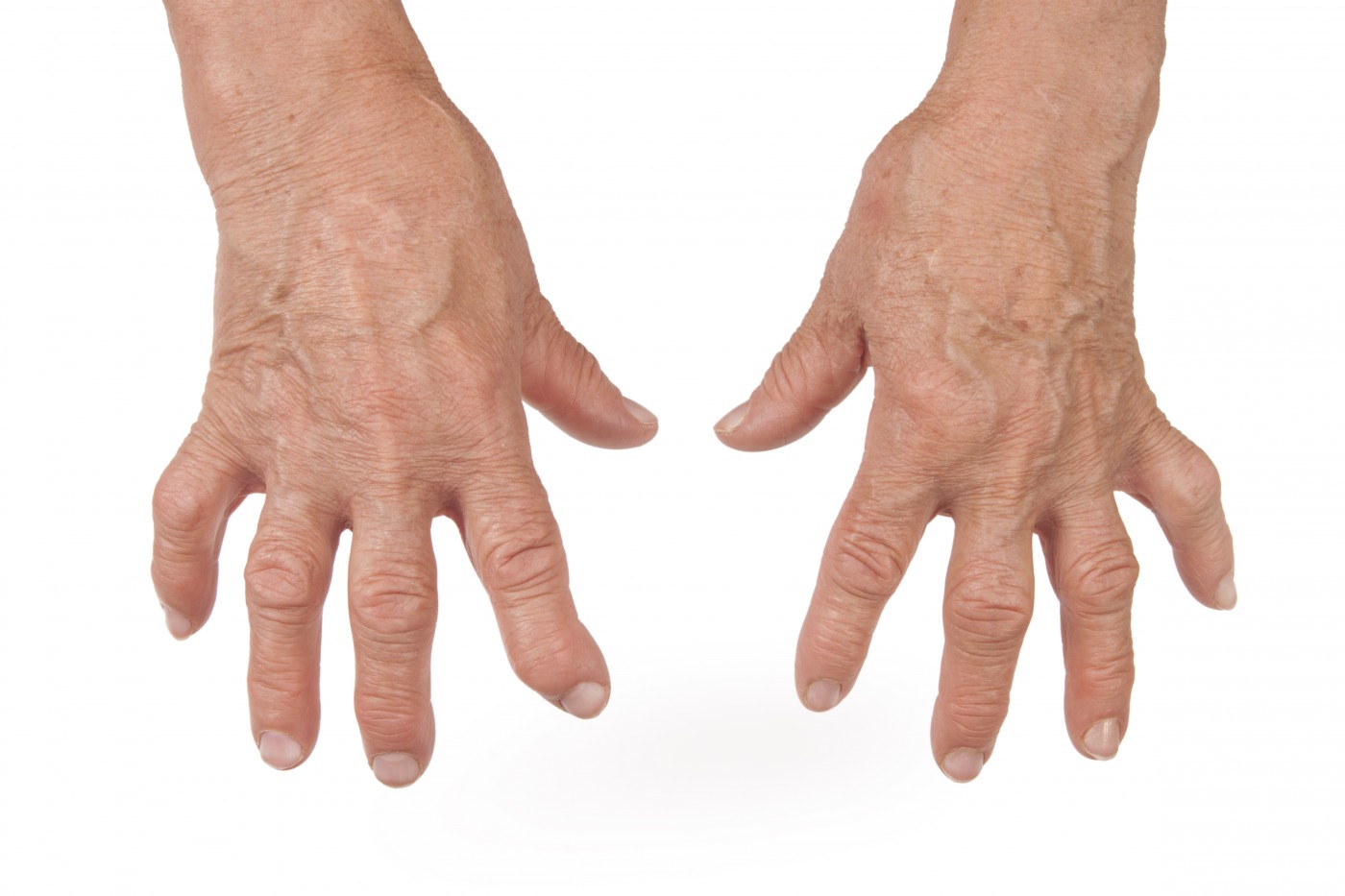Individuals with rheumatoid arthritis who are also affected by bronchiectasis have increased disease severity, according to a study from Musgrove Park Hospital in the United Kingdom. The study identified just over 50 patients who had both rheumatoid arthritis and bronchiectasis. After conducting an analysis of the connections between the two diseases, the researchers noted that the majority of patients had bronchiectasis before rheumatoid arthritis, which potentially increased the patients’ Disease Activity Score of 28 joints — C-reactive protein (DAS28-CRP).
“This study demonstrates that co-existent bronchiectasis (BRRA) is a more severe systemic disease than rheumatoid arthritis alone,” wrote Dr. Elizabeth Perry, in the article, “Increased Disease Activity, Severity and Autoantibody Positivity in Rheumatoid Arthritis Patients with Co-Existent Bronchiectasis,” which was published in the International Journal of Rheumatic Diseases.
The researchers initiated the study due to previous knowledge that bronchiectasis with rheumatoid arthritis increases patient mortality five-fold compared to patients with only rheumatoid arthritis. The team was intrigued by the fact that there is no difference in clinical or serological markers of rheumatoid arthritis between the two groups of patients. To better understand this phenomenon, the team studied markers that had not been investigated previously in BRRA patients: DAS28-CRP and anticyclic citrullinated peptide antibodies (anti-CCP), two markers that measure disease severity in rheumatoid arthritis.
While the rheumatoid arthritis patients in the study who did not have bronchiectasis demonstrated normal lung physiology without clinical or radiological evidence of lung disease, the patients with bronchiectasis showed evidence of infection on high-resolution computed tomography scans but did not have interstitial lung disease. All patients were evaluated for DAS28CRP, anti-CCP, and rheumatoid factor (immunoglobulin M).
The research team noted that BRRA patients scored higher on the DAS28-CRP and had serum containing higher levels of anti-CCP and rheumatoid factor than their non-bronchiectasis counterparts. Significantly more BRRA patients showed signs of erosive change in their hands and feet than non-bronchiectasis patients (78% vs. 43%). Together, these results suggest an overall more severe systemic effect of rheumatoid arthritis when bronchiectasis lung infections are present.
Specialists who care for rheumatoid arthritis patients are encouraged by the researchers to be on the lookout for concurrent diseases such as bronchiectasis. If a patient has co-existent bronchiectasis, there may be a need to alter therapeutic intervention strategies to optimally treat these patients’ increased disease severity.

